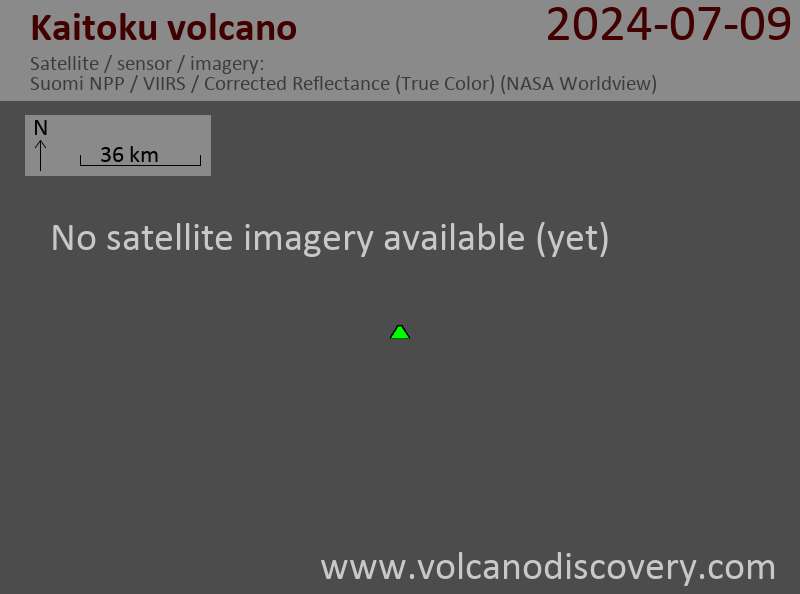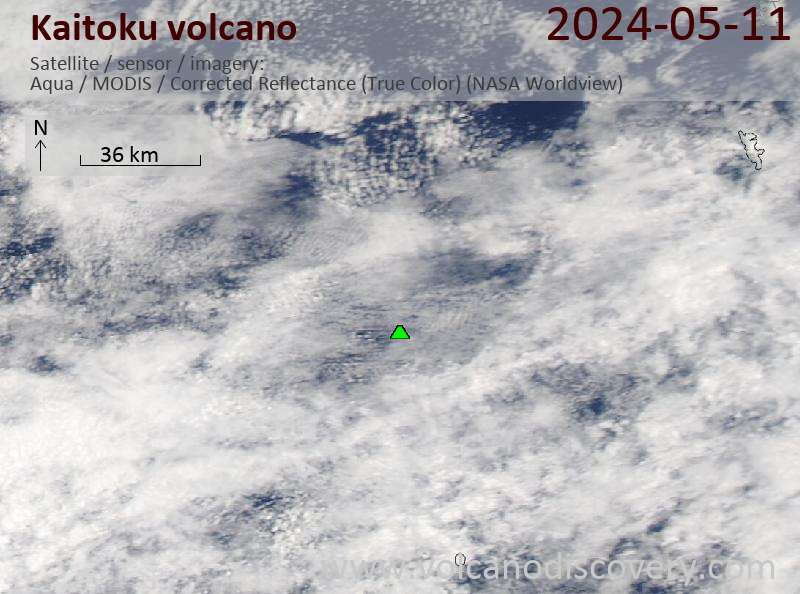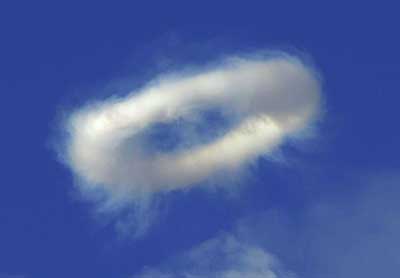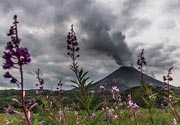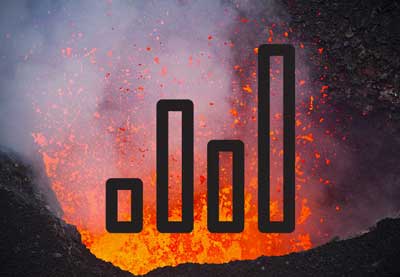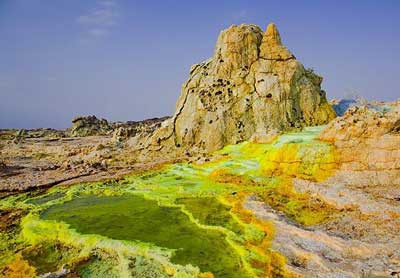Kaitoku Volcano
Updated: 30. Apr. 2024 05:53 GMT -
submarine volcano -103 m / -338 ft
Volcano Islands (Japan), 26.12°N / 141.1°E
Aktueller Status: normal / ruhend (1 von 5)
Volcano Islands (Japan), 26.12°N / 141.1°E
Aktueller Status: normal / ruhend (1 von 5)
Last update: 6 Sep 2023 (Smithsonian / USGS Weekly Volcanic Activity Report)
Kaitoku volcano (Kaitoku Kaizan) is a massive active seamount composed of 3 overlapping submarine volcanoes in the Japanese Volcano Islands chain, 130 km NW of Iwo-jima Island.
Its 3 peaks are 13-18 km apart and reach depths of 103 m (SW peak, also known as Nishi-Kaitokuba, West Kaitokuba), 353 m (SE peak, Higashi-Kaitokuba, East Kaitokuba), and 506 m (N peak).
[smaller] [larger]
Ausbrüche des Kaitoku: 1986(?), 1984, 1543
Letzte Erdbeben in der Nähe
| Uhrzeit | Mag. / Tiefe | Entfernung / Ort | |||
Ausbrüche des Vulkans Kaitoku
1984 eruption
An eruption took place from the Kaitoku seamount 1984 and the Japanese government formally named the seamount on this occasion.
On 7 March 1984 a Japanese defense air force transport plane was passing 130 km N of Iwo-Jima Island and observed discolored sea water extending 28 km WSW from a submarine eruption. A helicopter flew over the area shortly afterwards and its crew estimated the extent of the reddish-brown water about 5 x 8 km. Between 25 March and 30 April, over 500 T-phase acoustic waves were recorded in French Polynesia. The events correlated with submarine volcanic activity at Kaitoku Seamount. After 3 months of quiet, discolored water was observed at the volcano on 15 October 1984.
---
Source: Smithsonian / GVP monthyl reports
An eruption took place from the Kaitoku seamount 1984 and the Japanese government formally named the seamount on this occasion.
On 7 March 1984 a Japanese defense air force transport plane was passing 130 km N of Iwo-Jima Island and observed discolored sea water extending 28 km WSW from a submarine eruption. A helicopter flew over the area shortly afterwards and its crew estimated the extent of the reddish-brown water about 5 x 8 km. Between 25 March and 30 April, over 500 T-phase acoustic waves were recorded in French Polynesia. The events correlated with submarine volcanic activity at Kaitoku Seamount. After 3 months of quiet, discolored water was observed at the volcano on 15 October 1984.
---
Source: Smithsonian / GVP monthyl reports
9 April 1984 mystery cloud
On 9 April 1984, 3 different commercial aircraft en route from Tokyo, Japan, to Anchorage, Alaska, reported seeing a rapidly rising giant mushroom-shaped cloud reaching 18 km altitude and 320 km in diameter at about 38.5 degrees N, 146.0 degrees E, 180 miles off the coast of Japan. The cloud was similar to one produced by a nuclear bomb or a large volcanic eruption.
Dust collected from the cloud by an F-4 Phantom fighter-bomber from the Air Self- Defense Force of Japan showed it was not a nuclear cloud. Flight 36 of Japan Airlines was so close to the cloud that the plane's commander, 41-year old Capt. Charles H. McDade, had to steer away from it, began a rapid descent and ordered his crew to put on oxygen masks. He radioed a ''May Day''distress call. ''Looks like a nuclear explosion, only there was no fireball,''he radioed to flight controllers in Alaska.
The source of the cloud could never been discovered with certainty, but it was suspected that it might have been produced by the volcanic eruption of the submarine Kaitoku Seamount (26.0 degrees N, 140.8 degrees E). As indicated by acoustic recordings on an array of ocean bottom hydrophones, the eruption of submarine Kaitoku Seamount was at its peak during 8-9 April.
---
Sources:
- Walker et al (1985) "Kaitoku seamount and the mystery cloud of 9 April 1984", Science, v 227(4687), pp. 607-11
- A YEAR AFTER MUSHROOM CLOUD, THE MYSTERY LINGERS (NY Times, 21 May 1985)
On 9 April 1984, 3 different commercial aircraft en route from Tokyo, Japan, to Anchorage, Alaska, reported seeing a rapidly rising giant mushroom-shaped cloud reaching 18 km altitude and 320 km in diameter at about 38.5 degrees N, 146.0 degrees E, 180 miles off the coast of Japan. The cloud was similar to one produced by a nuclear bomb or a large volcanic eruption.
Dust collected from the cloud by an F-4 Phantom fighter-bomber from the Air Self- Defense Force of Japan showed it was not a nuclear cloud. Flight 36 of Japan Airlines was so close to the cloud that the plane's commander, 41-year old Capt. Charles H. McDade, had to steer away from it, began a rapid descent and ordered his crew to put on oxygen masks. He radioed a ''May Day''distress call. ''Looks like a nuclear explosion, only there was no fireball,''he radioed to flight controllers in Alaska.
The source of the cloud could never been discovered with certainty, but it was suspected that it might have been produced by the volcanic eruption of the submarine Kaitoku Seamount (26.0 degrees N, 140.8 degrees E). As indicated by acoustic recordings on an array of ocean bottom hydrophones, the eruption of submarine Kaitoku Seamount was at its peak during 8-9 April.
---
Sources:
- Walker et al (1985) "Kaitoku seamount and the mystery cloud of 9 April 1984", Science, v 227(4687), pp. 607-11
- A YEAR AFTER MUSHROOM CLOUD, THE MYSTERY LINGERS (NY Times, 21 May 1985)





